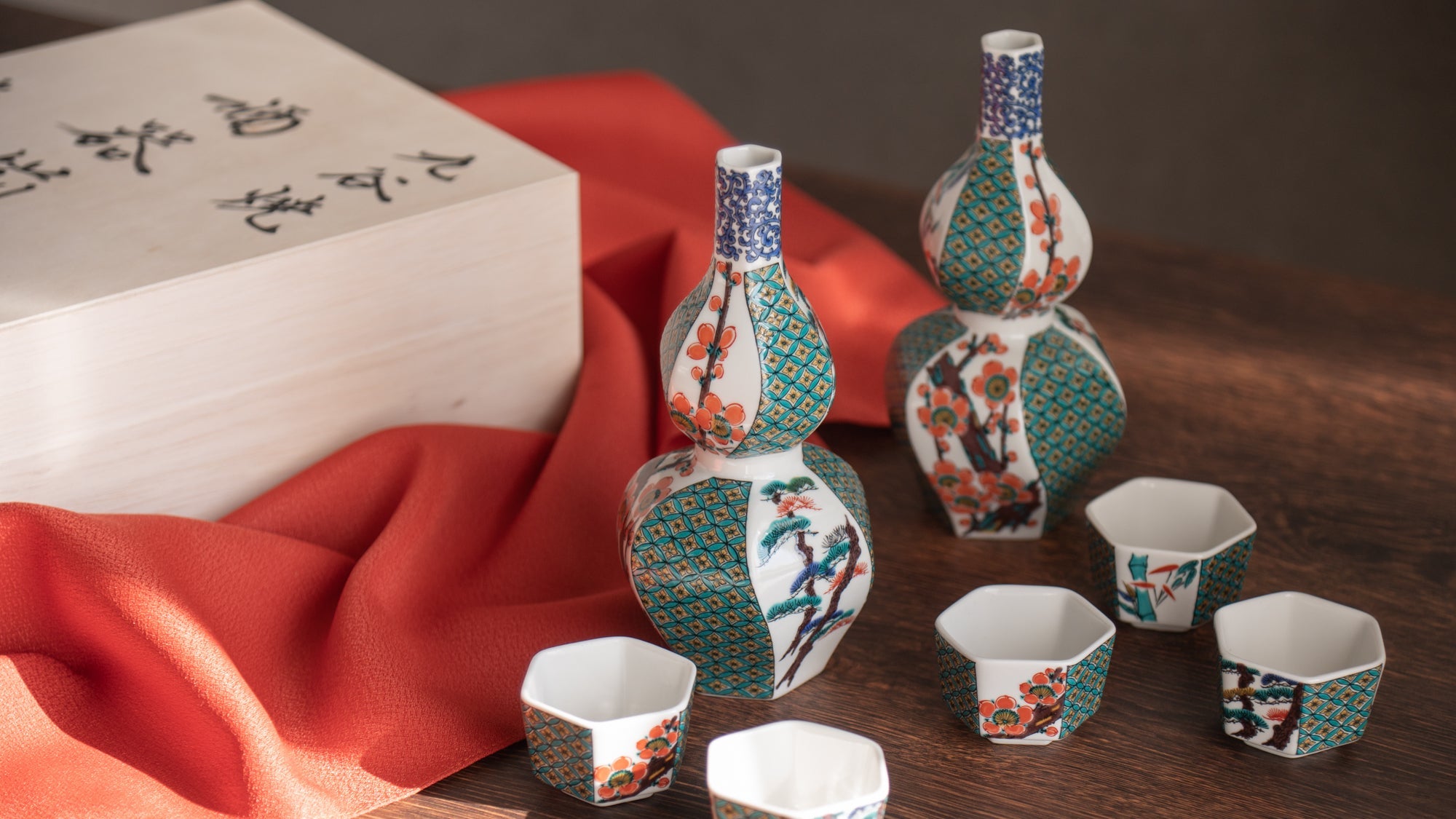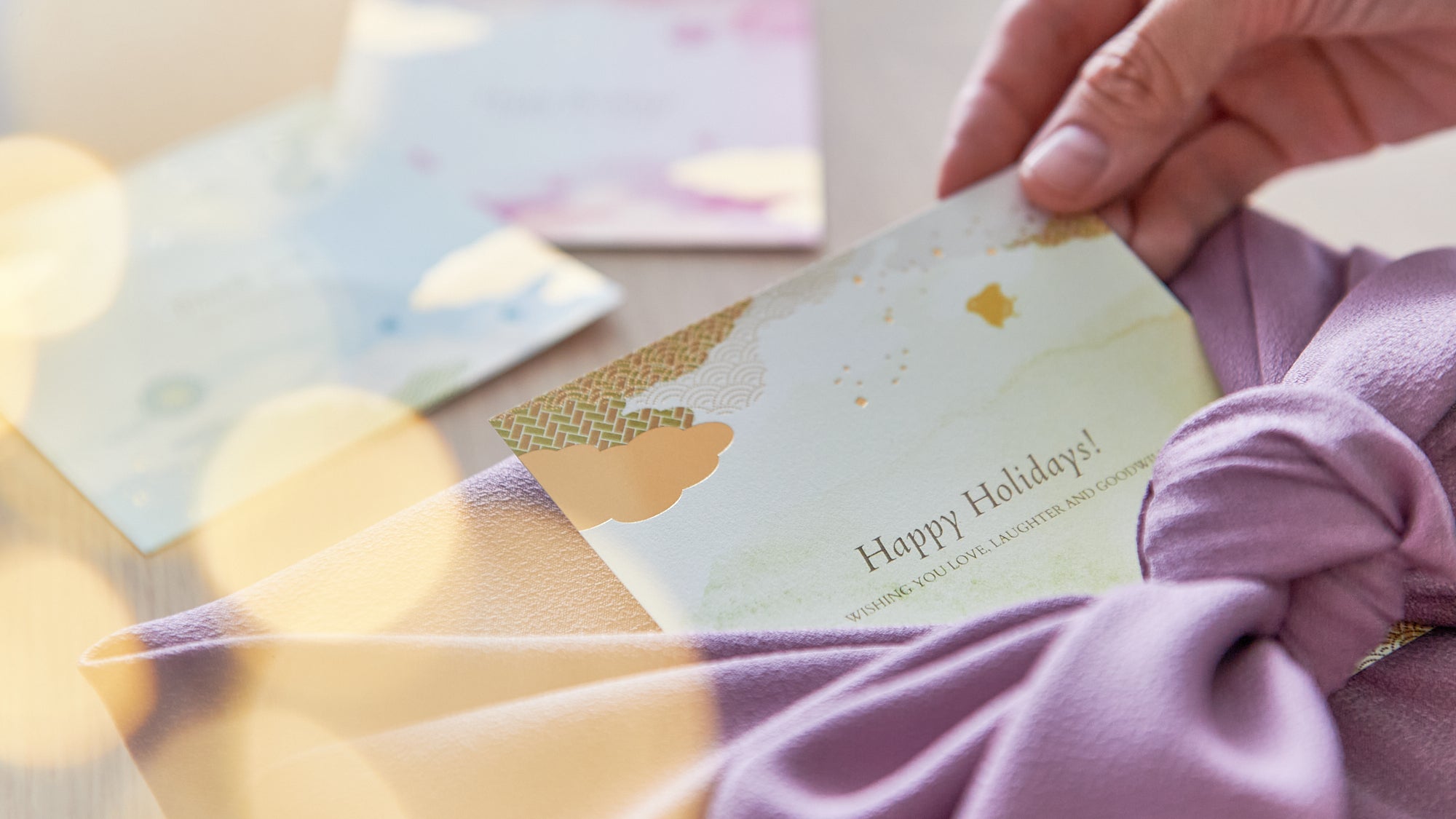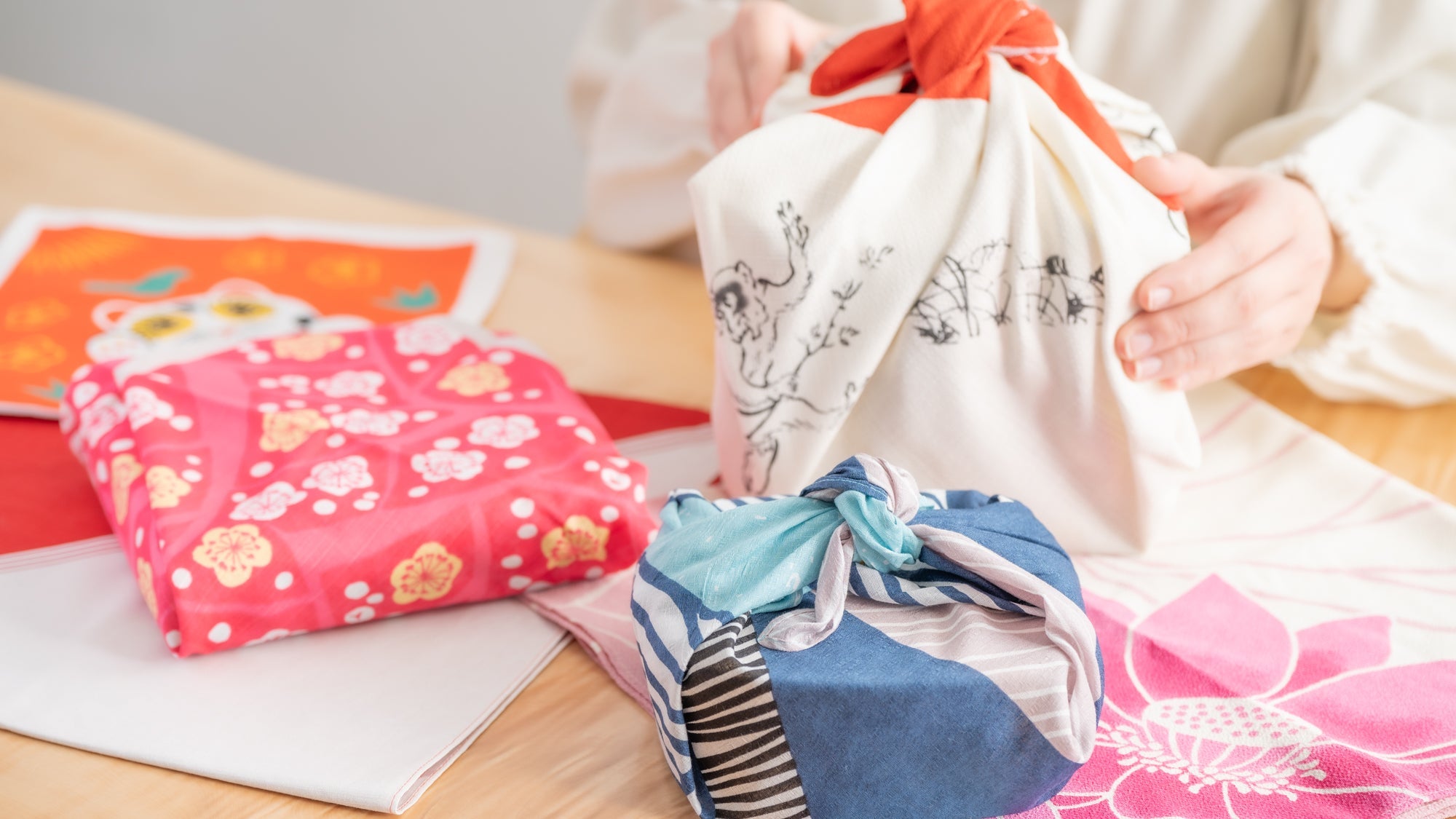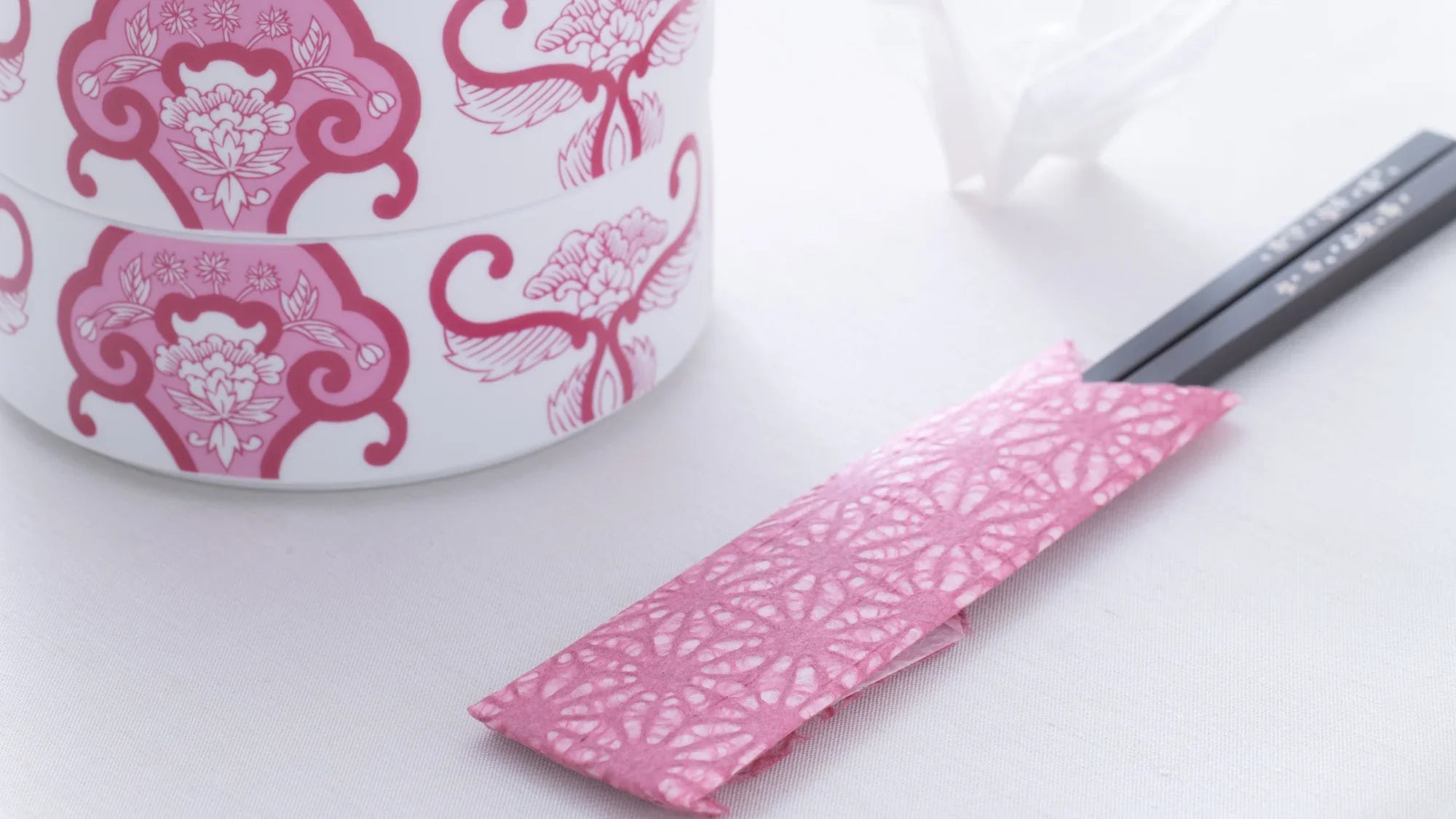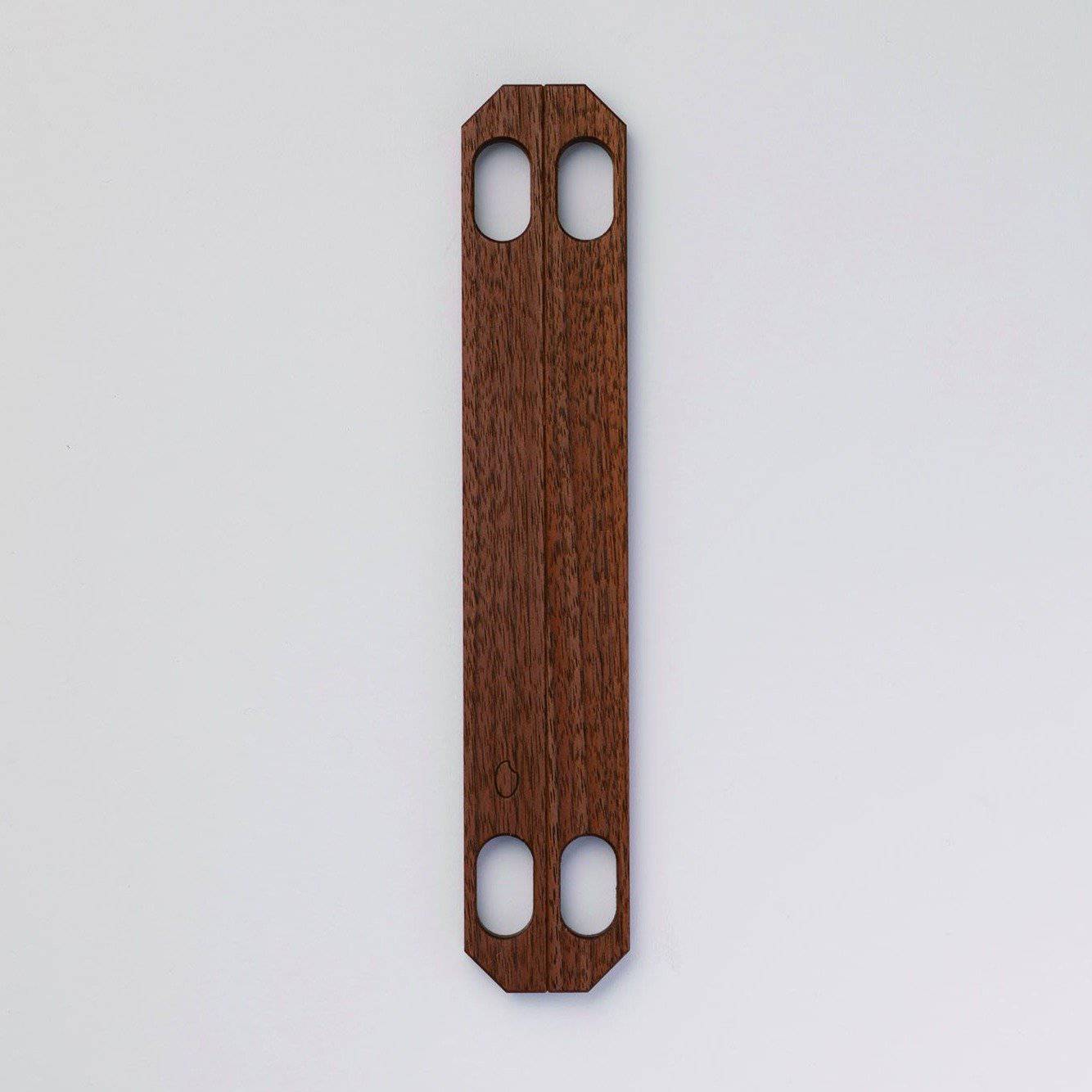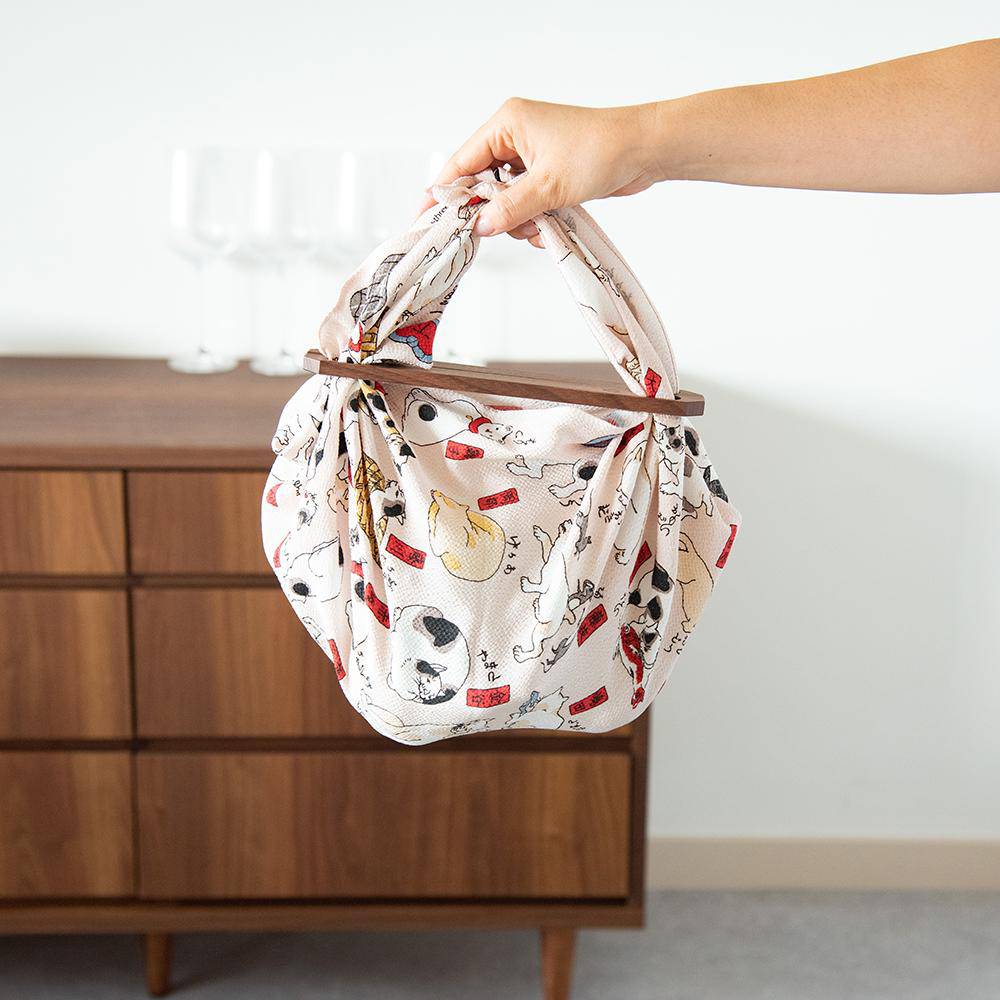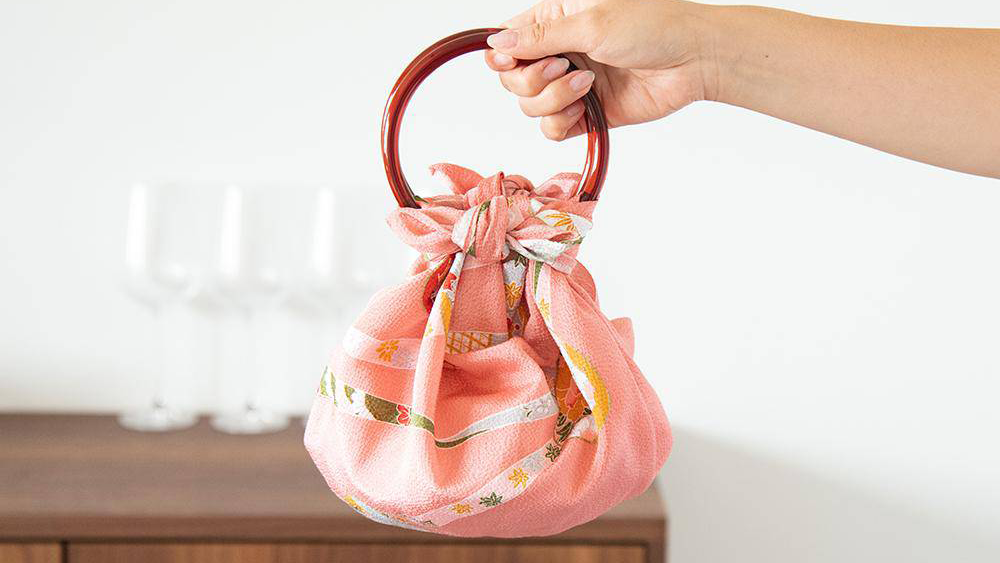
Furoshiki Handles
Transform your furoshiki wrapping cloths into elegant and practical bags with our collection of handles and patchins. Designed to complement traditional Japanese wrapping techniques, these accessories add versatility and charm, making your furoshiki even more functional and stylish for everyday use.


